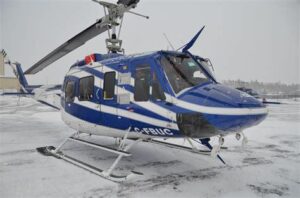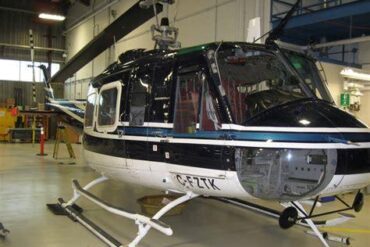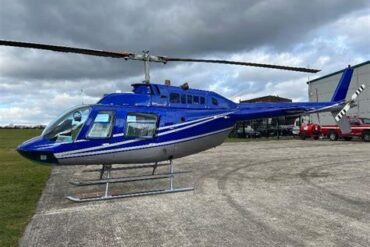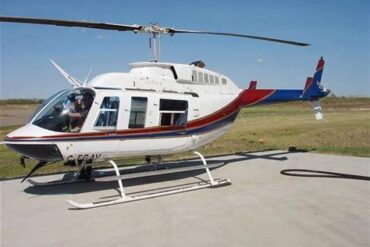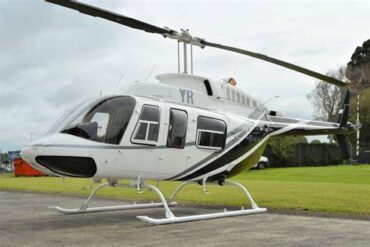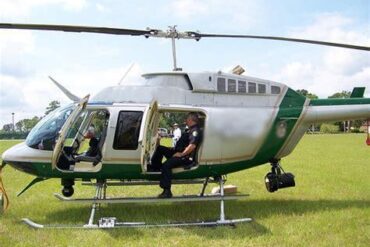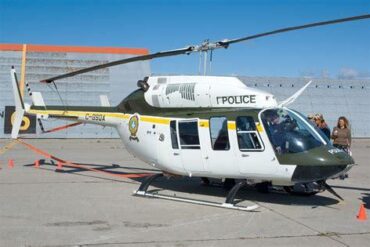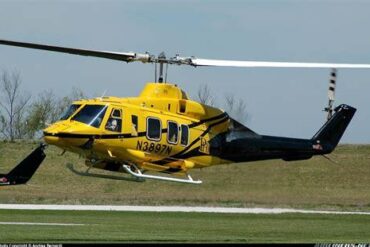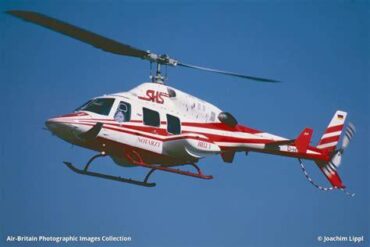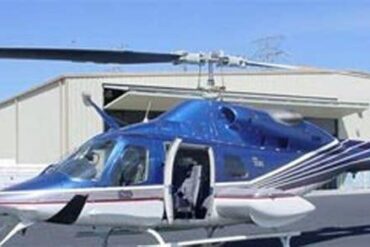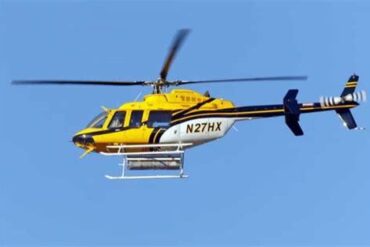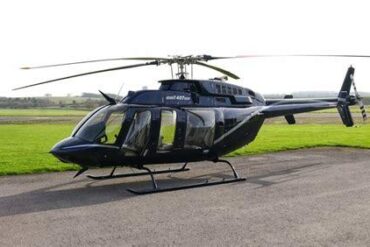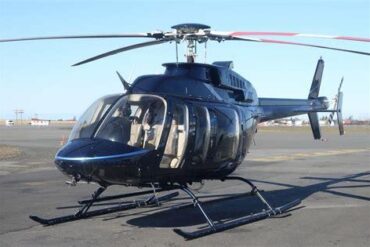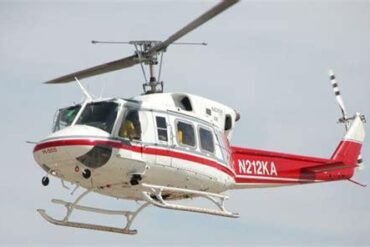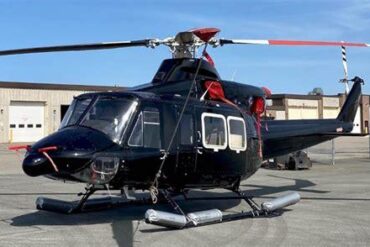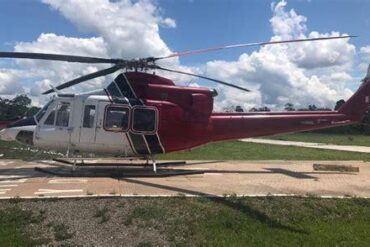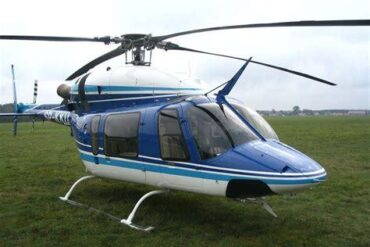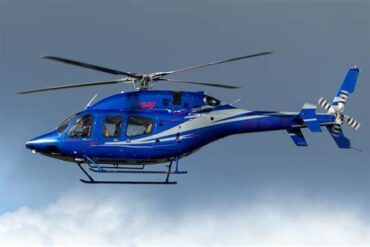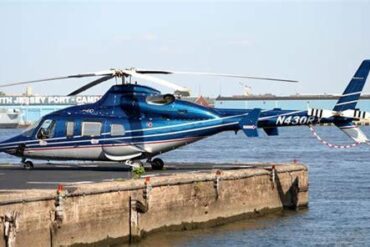The Bell 212, a twin-engine helicopter, has carved a niche in the aviation industry due to its versatility and reliability. Understanding the price and operating costs associated with the Bell 212 is crucial for potential buyers and operators looking to optimize their investment. This article provides a comprehensive overview of the costs related to purchasing and operating a Bell 212, as well as factors that influence these expenses.
1. Overview of the Bell 212
The Bell 212 is a member of the renowned Bell helicopter family and is known for its robust design and operational efficiency. Its twin-engine configuration enhances safety and performance, making it suitable for various applications, including search and rescue, medical evacuation, firefighting, and oil and gas support. The helicopter’s spacious cabin can accommodate up to 14 passengers or a variety of cargo configurations, making it a popular choice among operators.
2. Purchase Price of the Bell 212
2.1 New vs. Used Bell 212
The purchase price of a Bell 212 can vary significantly based on its condition and configuration. New Bell 212 helicopters can range from $4 million to $6 million, depending on customizations and additional features. In contrast, the price of used models can be considerably lower, typically ranging from $1 million to $3 million. Factors influencing the cost of a used Bell 212 include:
-
Year of Manufacture: Newer models generally command higher prices.
-
Airframe Hours: The total flight hours can indicate wear and tear.
-
Maintenance History: Well-documented maintenance can enhance resale value.
-
Modifications: Aftermarket enhancements can increase both the functionality and price.
2.2 Factors Influencing Purchase Price
Several factors can impact the purchase price of a Bell 212, including:
-
Market Demand: The current market conditions for helicopters can influence prices.
-
Location: Geographic factors may affect availability and shipping costs.
-
Economic Conditions: Broader economic trends can affect buyer budgets and financing options.
3. Operating Costs of the Bell 212
3.1 Fixed Costs
Operating a Bell 212 involves several fixed costs that remain consistent regardless of flight hours. These include:
-
Insurance: Annual insurance premiums can range from $20,000 to $50,000, depending on coverage type and operator experience.
-
Hangar Fees: Depending on the location, hangar costs can vary significantly, averaging between $1,000 and $3,000 per month.
-
Licenses and Certifications: Initial and ongoing licensing costs can add another $5,000 to $10,000 annually.
3.2 Variable Costs
Variable operating costs fluctuate based on flight activity. Key components include:
-
Fuel Costs: The Bell 212 typically consumes around 600 to 800 pounds of fuel per hour. At an average fuel price of $5 per gallon, this can translate to approximately $800 to $1,200 per flight hour.
-
Maintenance: Regular maintenance is critical for safety and longevity. Budgeting around $200 to $400 per flight hour for routine maintenance is advisable.
-
Pilot Salaries: Hiring experienced pilots is essential. Annual salaries can range from $70,000 to $120,000 depending on qualifications and experience levels.
3.3 Total Operating Costs
Combining fixed and variable costs, the total operating cost of a Bell 212 can range from $1,200 to $2,000 per flight hour. This range can vary based on operational efficiency and specific mission requirements.
4. Cost Comparison with Similar Helicopters
To gain a clearer understanding of the Bell 212’s position in the market, comparing its costs with similar helicopters is essential. Below is a comparison table:
| Helicopter Model | Purchase Price Range | Operating Cost (per hour) |
|---|---|---|
| Bell 212 | $1M – $6M | $1,200 – $2,000 |
| Sikorsky S-76 | $6M – $12M | $1,800 – $2,500 |
| Airbus H125 | $2.5M – $4.5M | $700 – $1,200 |
| Leonardo AW139 | $7M – $12M | $1,700 – $2,300 |
This table illustrates that while the Bell 212 is moderately priced compared to its competitors, its operating costs can also be competitive, particularly for operators who prioritize versatility and reliability.
5. Financing Options for the Bell 212
Securing financing for the purchase of a Bell 212 can significantly impact the overall cost. Operators can explore several options:
-
Bank Loans: Traditional financing through banks can provide competitive interest rates, typically ranging from 4% to 8%.
-
Leasing: Leasing options can reduce upfront costs and provide flexibility, with lease payments varying based on the helicopter’s value and lease term.
-
Government Grants and Subsidies: Certain governmental programs may offer financial assistance for operators, particularly in sectors like emergency services and firefighting.
6. Maintenance and Inspection Costs
Maintaining a Bell 212 is critical to ensure safety and operational efficiency. Regular maintenance intervals can incur costs, including:
-
Daily Inspections: Routine checks may cost around $500 to $1,000 per inspection.
-
Annual Overhauls: Major maintenance can range from $20,000 to $100,000, depending on parts and labor required.
-
Engine Overhaul: A complete engine overhaul typically costs between $200,000 and $400,000.
Investing in preventive maintenance can ultimately save operators money by reducing the risk of unexpected repairs and extending the helicopter’s lifespan.
7. Conclusion
In conclusion, understanding the price and operating costs associated with the Bell 212 is essential for potential buyers and operators. With a purchase price that can range from $1 million to $6 million and total operating costs of $1,200 to $2,000 per flight hour, the Bell 212 presents a balanced option for various operational needs. By considering financing options, maintenance requirements, and potential comparisons with other helicopters, operators can make informed decisions that align with their specific goals. Investing in a Bell 212 offers versatility and reliability, making it a valuable asset in various aviation sectors.
